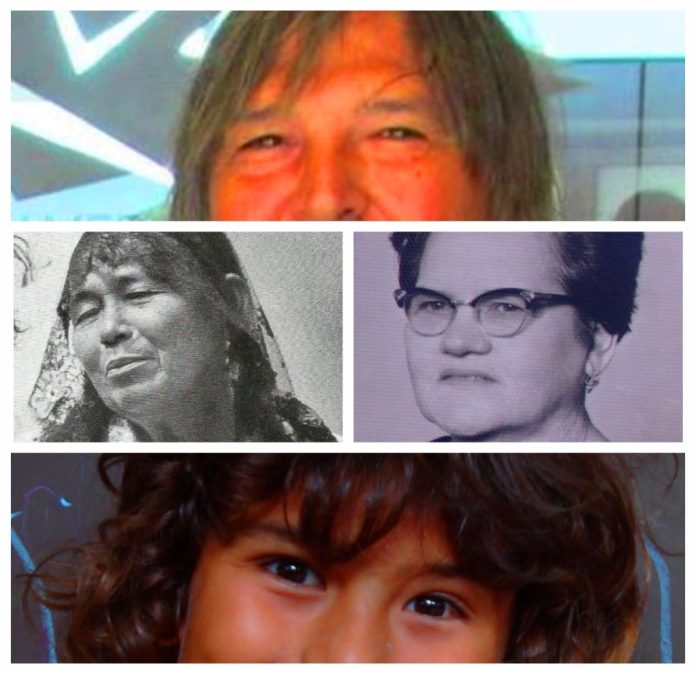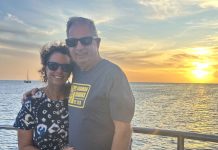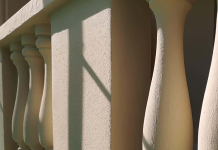Booking a magical glimpse inside Etnia Nativa
Article by Etnia Nativa call us 592 2702 and book your experience!
Every week, Etnia Nativa, which means “native ethnicity”, writes a new episode concerning culture and heritage, focusing on various aspects of native knowledge, transcendental wisdom, and the importance of upholding cultural identity. Its goal is to educate readers and connect them with “our sense of belonging”.
_ “The real “sense of belonging is” to be aware and have emotionally accepted and incorporated intellectually Aruba’s real history, which includes all those Arubans who thrived before one’s own existence had even begun”. — From the book “Cultural & Genetic Heritage of Arubans”
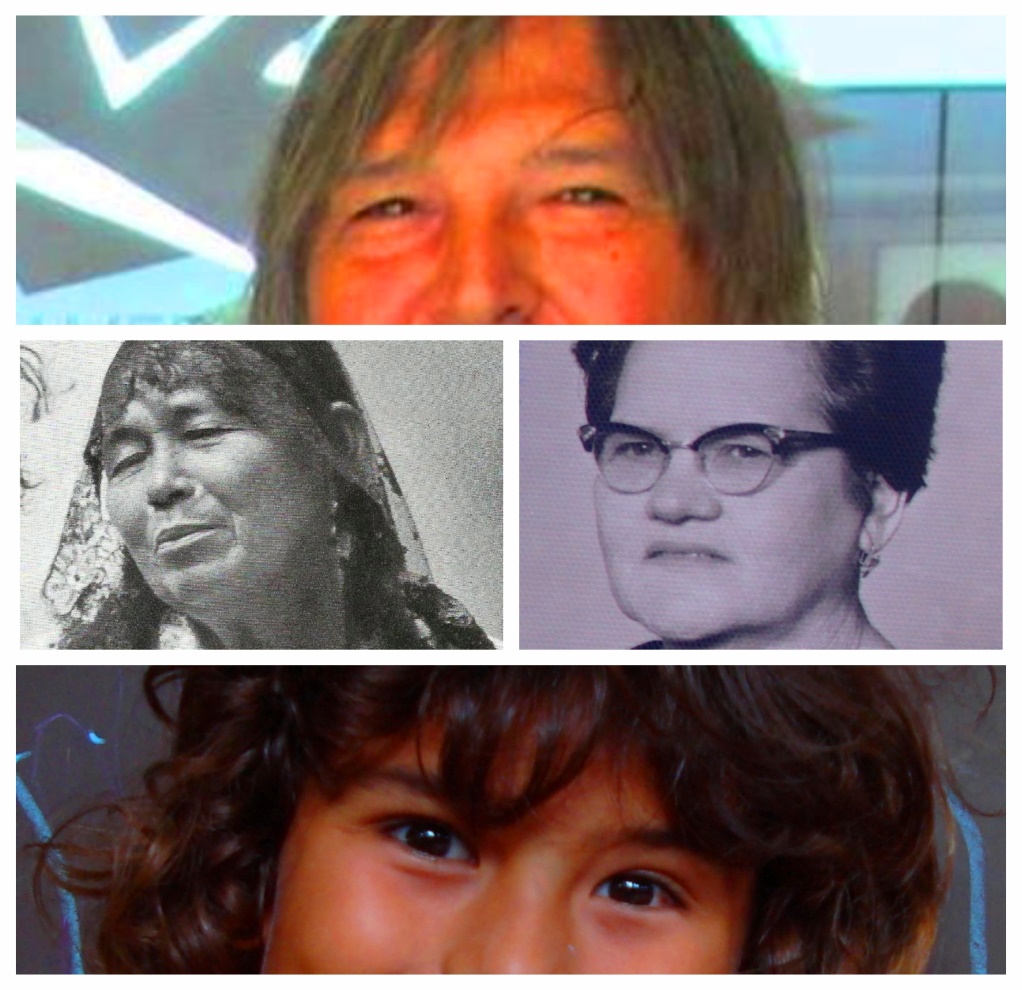
There are many foreign authors who prefer to deny the island’s native heritage, even in some school books, following various theories that government authorities adhere to. However, scientific research performed by Aruban authors has proven otherwise, that the islands’ indigenous roots are dominant in the traditional Aruban genome, supporting and sustaining Etnia Nativa’s claim.
Like every ethnic group, some Aruban people share similar racial characteristics, among which we can highlight the characteristics of “slanted eyes” and “straight black hair”, mongoloid traits largely derived from “indigenous features”, also the Mongolian spot, known as slate gray nevus or congenital dermal melanocytosis, a benign, flat, congenital birthmark, or blue butt mark which have been preserved much more strongly in the population of Aruba than in those of Bonaire or Curaçao.
Some historians claim that these indigenous traits do not originate from the inhabitants before the arrival of the Europeans, since “supposedly” the majority had been “evacuated” in 1513, but rather are common traits related to the indigenous people who settled on the island from 1640 onwards, who, as a result of the economic and demographic policy of the WIC, were able to lead a free life on the island and consequently remain longer than in Curaçao or Bonaire.
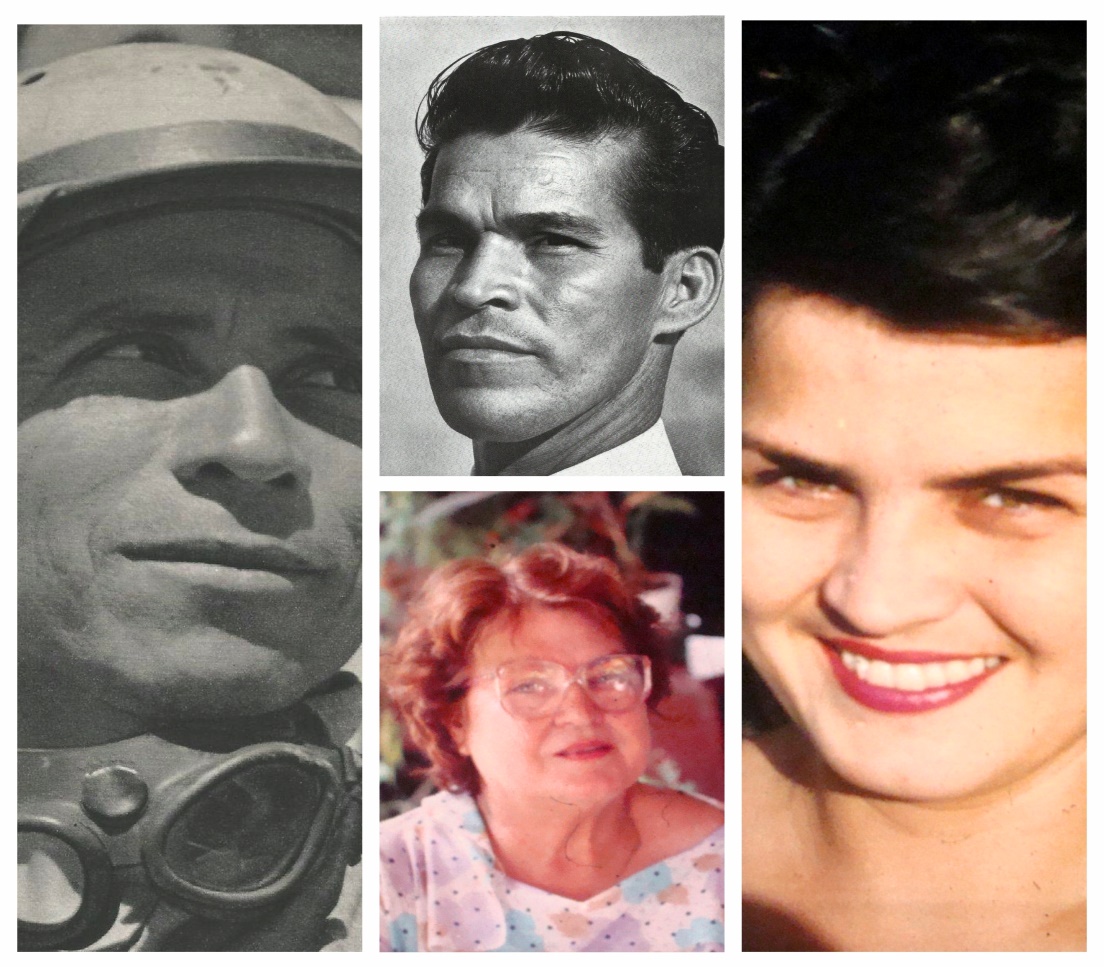
However, such accounts were very common from the European perspective of recorded history. Some Aruban authors conclude that Amerindian genes are very strong in Arubans and that, genetically, Amerindians have never become extinct on the island, convincingly demonstrating this through mitochondrial DNA and introduced by Aruba’s maternal Amerindian genetic ancestors. In the medical-scientific mt-DNA study entitled “Genetic structure of the Aruban population: three origins”, the theory that Arubans became extinct due to European colonizers is refuted, while demonstrating who is considered Aruban since colonial times.
In 2001, during the 19th International Congress of Caribbean Archeology, Etnia Nativa was presented the opportunity to acknowledge the ancestral existence of Arubans by bringing together two professionals in this field – Dr. Oswald Wever (Aruba) and Dr. Martinez Cruzado (Puerto Rico) – who discovered facts behind our Amerindian genetic history. We must mention that Etnia Nativa’s curator was the first subject studied carrying a native mt-DNA. Shortly after, the first results on the genetic identity of Aruba and its ancestral links were published in the previously mentioned medical-scientific mt-DNA study.
The mitochondrial DNA made from certain Mongoloid traits exhibited by a group of the native population determined not only the origin of our maternal ancestors but also those with whom we are related in the maternal line, and also investigated the genetic pool of the region. In this way, it is possible to find out which families come from the same region, how closely intertwined they are related, and which haplo-groups and, consequently, which haplotypes are still present in our aboriginal contemporary population.
These results should not only be compared with entries in a family tree, but also possibly with historical and geographic sources. For example, was this region a Caquetio settlement? Find out what traces these people have left in their genes which are still present in the current population. Perhaps this home settlement represents an important part of Aruba’s forgotten history. Follow each episode of “Island Insight” and learn a lot about our little beloved rock.
If you enjoy reading our stories and are interested in learning more regarding the true identity of Aruba, we recommend booking a visit to Etnia Nativa—the only “living museum of its kind in the Caribbean”—a fascinating choice, a trend setter since 1994 and co-founder of Islands National Park, Archaeological Museum Aruba and Artisan Foundation among others. Etnia Nativa shares valuable knowledge and connects you to the ancient island’s spirit and soul. Whats App +297 592 2702 etnianativa03@gmail.com


